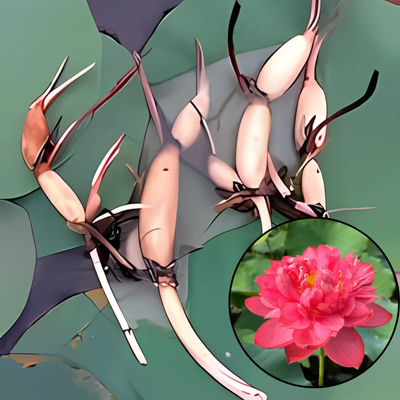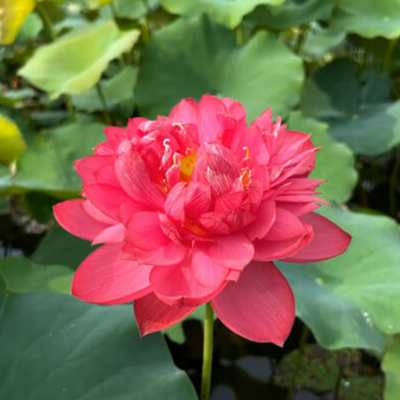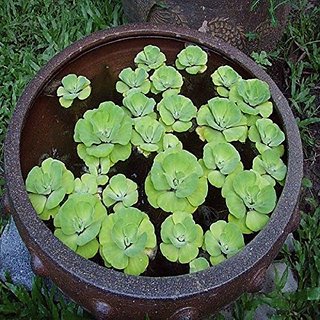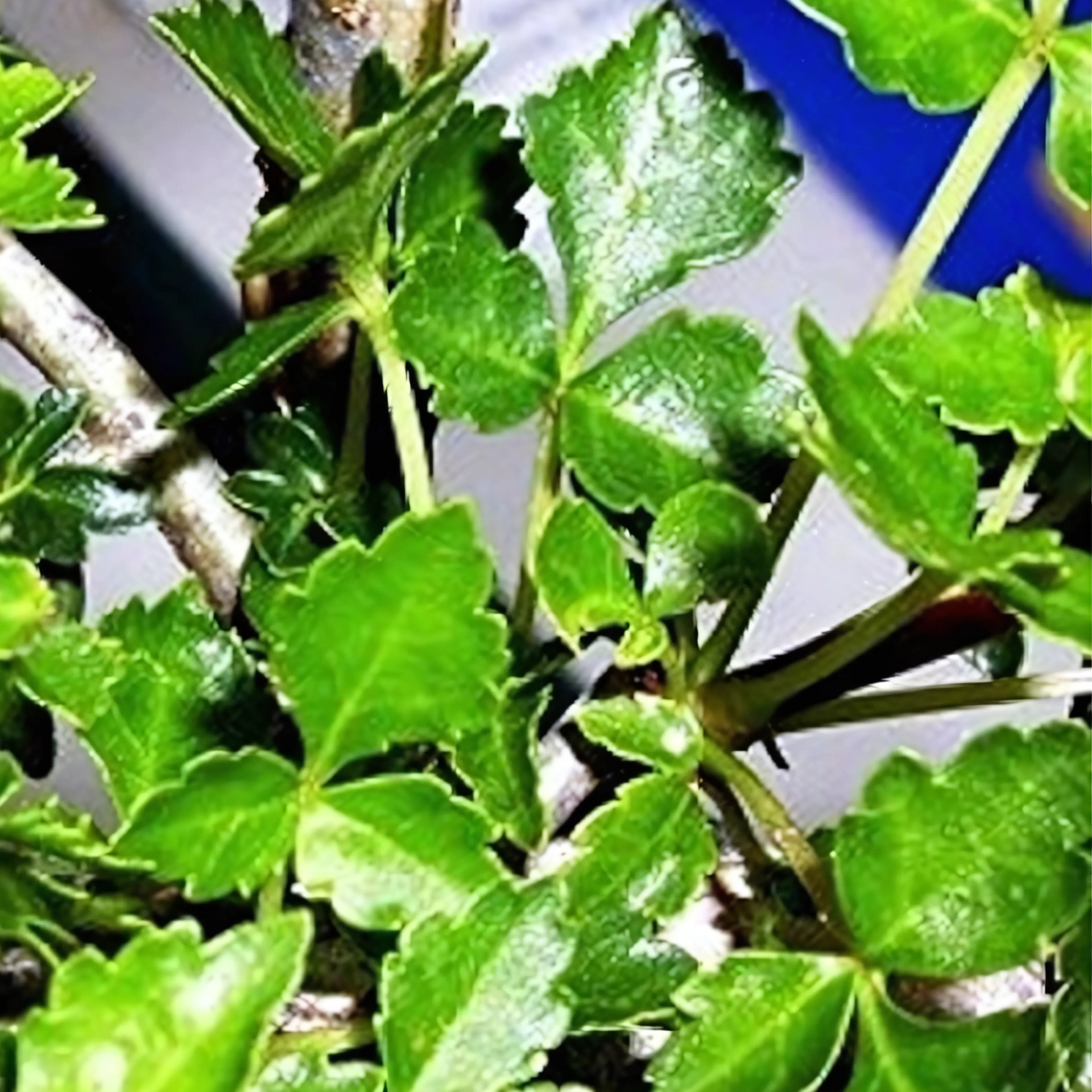
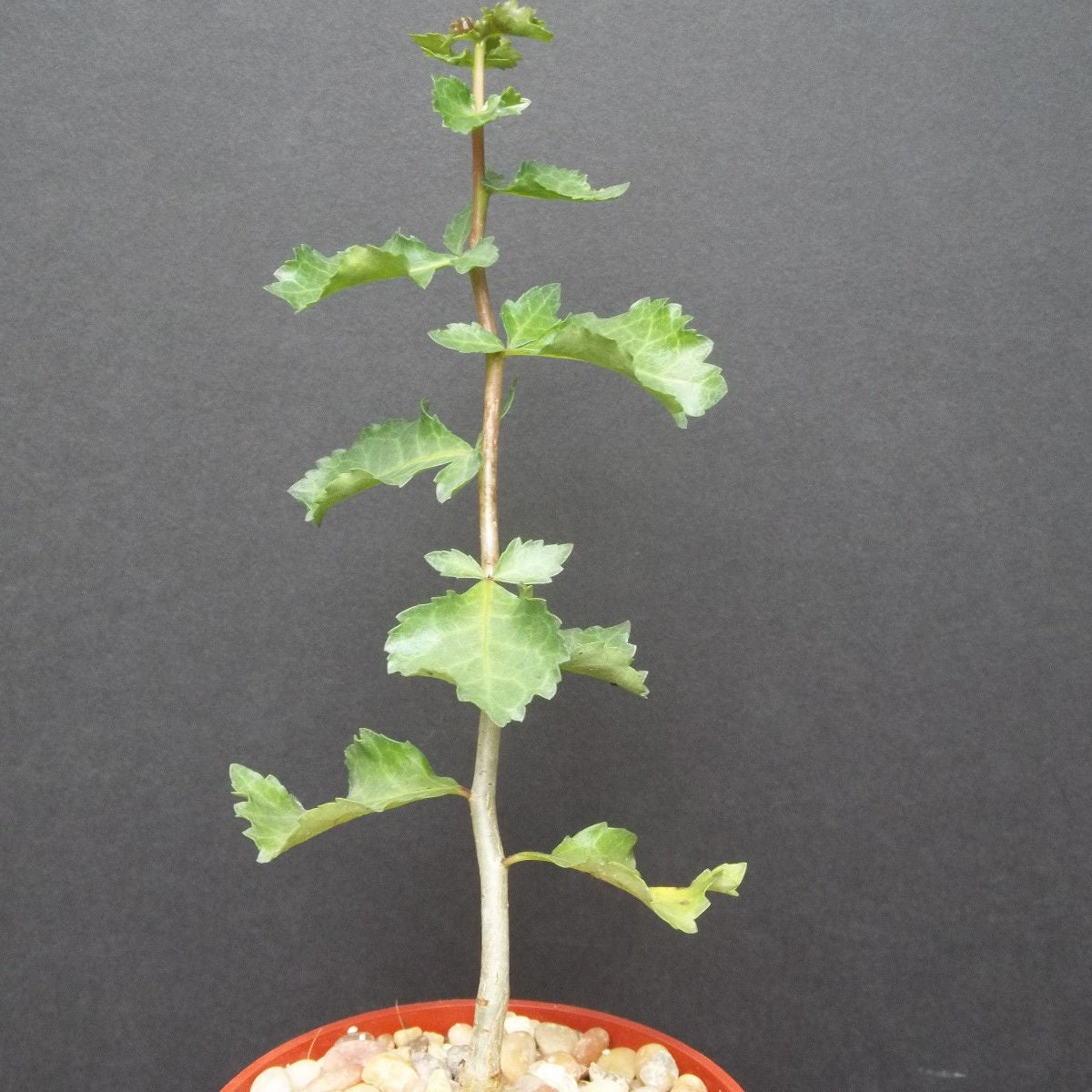
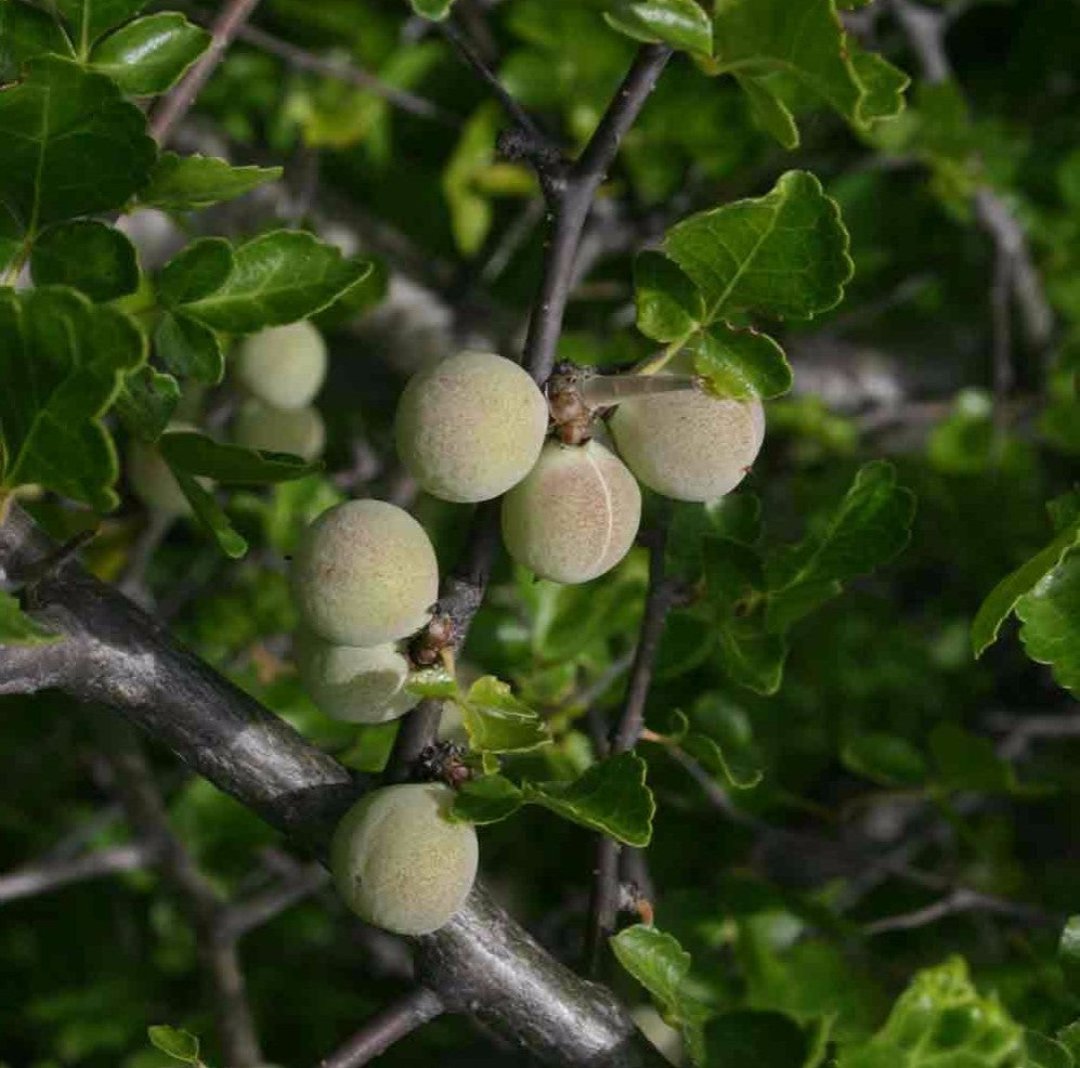
Introducing Our Exquisite Guggul Plant:
A Harmony of Beauty and Wellness
Elevate your garden to new heights with our stunning Guggul Plant, a botanical masterpiece that seamlessly blends beauty with wellness. Renowned for its unique features, myriad benefits, and captivating presence, the Guggul Plant is the perfect addition to your green oasis. Allow us to guide you through the enchanting world of this exceptional plant, providing you with all the essential information you need to make an informed decision and nurture your Guggul Plant to perfection.
Key Features:
Aesthetic Appeal:
The Guggul Plant is a visual delight with its lush green foliage and distinctive architectural form. Its elegant leaves create a captivating display, making it a standout feature in any garden or indoor space.
Medicinal Marvel:
Beyond its ornamental charm, the Guggul Plant is celebrated for its medicinal properties. Guggul resin, extracted from the plant, has been used for centuries in traditional medicine for its potential to promote overall well-being.
Adaptability:
Thriving in a variety of climates, the Guggul Plant is remarkably adaptable. Whether you have a sunny backyard, a cozy balcony, or a well-lit indoor space, this resilient plant will flourish and grace your surroundings with its presence.
Low Maintenance:
Perfect for both seasoned gardeners and beginners, the Guggul Plant is low-maintenance, requiring minimal care for optimal growth. This makes it an ideal choice for those seeking a beautiful yet hassle-free addition to their plant collection.
Benefits:
Holistic Health:
Embrace the holistic benefits of the Guggul Plant. The resin extracted from its bark is believed to possess anti-inflammatory and antioxidant properties, potentially supporting joint health and overall wellness.
Aromatherapy:
Immerse yourself in the soothing aroma emitted by the Guggul Plant. A touch of tranquility in your space, this plant creates a serene atmosphere that promotes relaxation and stress relief.
Air Purification:
Elevate the air quality in your home with the Guggul Plant. Known for its air-purifying qualities, it helps remove common pollutants, fostering a healthier living environment for you and your loved ones.
Garden Elegance:
Enhance the beauty of your garden with the Guggul Plant's striking presence. Its unique appearance and vibrant greenery make it an eye-catching centerpiece, elevating the aesthetics of your outdoor space.
Rare and Exotic:
The Guggul Plant is a rare gem in the world of ornamental and medicinal plants. Owning this exotic specimen not only adds prestige to your collection but also opens the door to a wealth of wellness benefits.
Growth Potential:
Watch your Guggul Plant flourish and evolve over time. With proper care, this plant can reach impressive heights, turning your garden into a sanctuary of natural beauty and well-being.
Thoughtful Gift:
Surprise your loved ones with a gift that keeps on giving. The Guggul Plant is a thoughtful and unique present, symbolizing beauty, resilience, and the shared journey towards well-being.
Growing and Caring Tips:
Sunlight:
Provide your Guggul Plant with plenty of sunlight. It thrives in full sun to partial shade, so place it in a location that receives at least 4-6 hours of direct sunlight daily.
Well-Drained Soil:
Ensure well-drained soil for optimal growth. A mixture of potting soil and perlite works well for container planting, promoting healthy root development.
Watering:
While the Guggul Plant is drought-tolerant, it's essential to establish a regular watering schedule. Allow the soil to dry out between watering to prevent root rot.
Pruning:
Maintain the desired shape and size of your Guggul Plant through occasional pruning. Trim dead or yellowing leaves to encourage new growth and maintain its aesthetic appeal.
Fertilization:
Feed your Guggul Plant with a balanced, all-purpose fertilizer during the growing season (spring and summer) to support its overall health and vitality.
Winter Care:
If you live in a colder climate, consider bringing your Guggul Plant indoors during the winter months to protect it from frost. Place it in a sunny spot to ensure continued growth.
In conclusion, the Guggul Plant is not merely a botanical masterpiece; it's a holistic experience waiting to unfold in your garden or indoor space. Embrace the rare combination of beauty and wellness, and let the Guggul Plant be the crowning glory of your green sanctuary. Elevate your surroundings and embark on a journey of well-being with this extraordinary plant that promises to be a source of joy and vitality for years to come.

